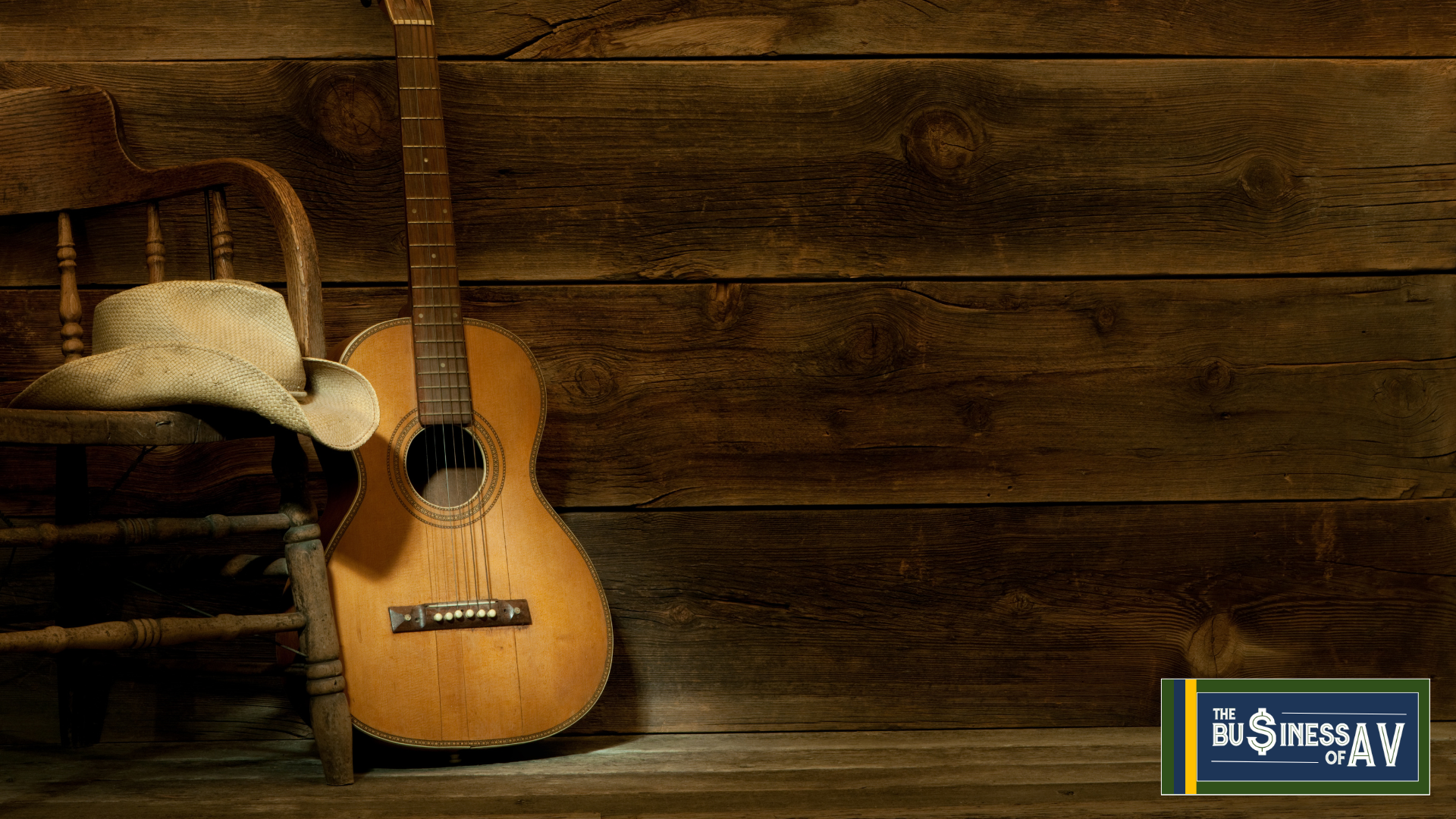Does It Hurt?
By Ryan Gray
We ask a lot of questions we don’t really want the answers to.
They sound caring, they sound human — and they are — but sometimes they’re also a quiet plea for reassurance. “You’re okay, right?” “It’s not that bad, is it?” “Does it hurt?”
We mean well. But underneath those questions is often the hope that the answer will make us feel better — that the situation isn’t as serious, the pain not as real, the discomfort not as deep. And most of the time, the person being asked knows that.
I’ve been thinking about that a lot lately. Because for the past week, I’ve been walking around with my arm in a bright blue cast, the kind that makes it impossible to blend in. I broke my wrist. And while it’s not a particularly heroic or even interesting story, it’s been one of the more revealing experiences I’ve had in a long time.
It happened in public, in front of a lot of people. There was no hiding it — the sound, the look, the immediate flash of concern that swept across faces. Within seconds, I was surrounded by kindness. People offered ice, towels, help with my bag, even a tube of arnica. Everyone meant well. Everyone wanted to do something.
And almost immediately, people began asking the same question:
“Do you think it’s broken?”
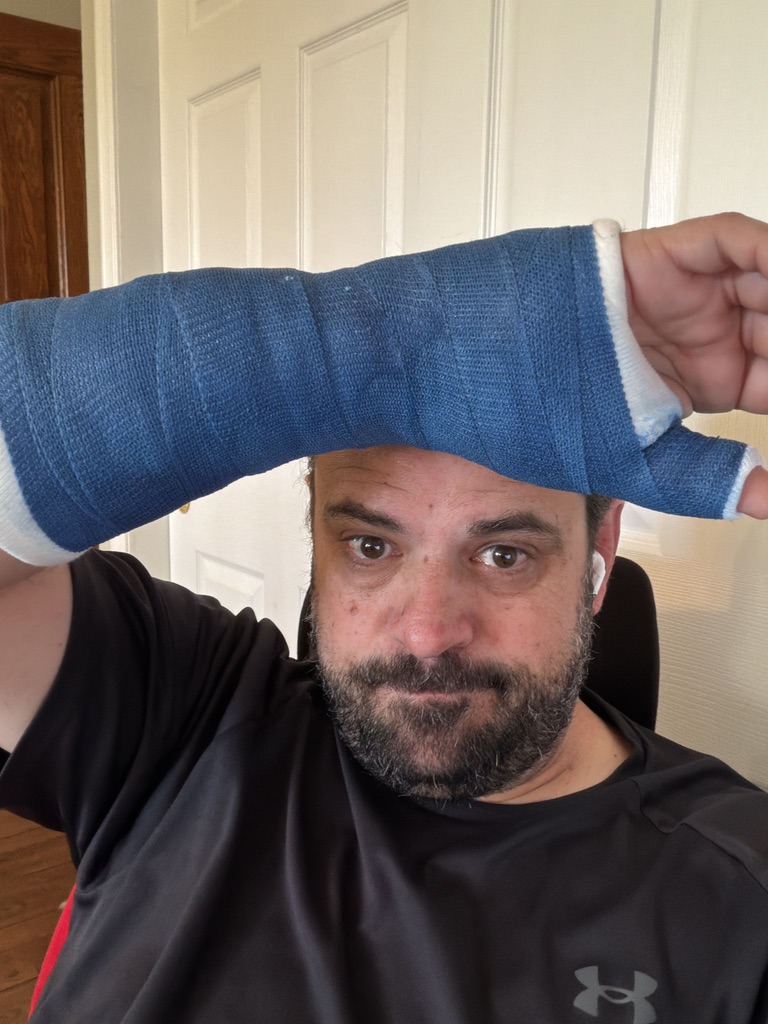
I knew it was. From the moment it happened, I knew. But instead of saying that, I found myself softening my words. “Maybe,” I said. “I hope not.” I heard myself trying to reassure people who were only trying to help me. It wasn’t calculated — it was instinctive. They didn’t want to imagine something being truly broken, so I let them believe maybe it wasn’t.
Later, after the X-rays confirmed what I already knew — a fractured radius, multiple pieces, surgery required — I caught myself doing the same thing all over again. My wrist is set in a temporary cast, waiting for swelling to go down before surgery. It throbbs constantly, the kind of dull, deep ache that never fully goes quiet. Sharp spikes can come with movement. Sleep is awkward. Typing is a circus act. And still, every day at work, when people saw the sling and asked, “Does it hurt?” — I said, “Oh, it’s not too bad.”
“Does it hurt?” – “Oh, it’s not too bad.”
Technically, that wasn’t untrue. Pain, like most things, exists on a scale. If it were too bad, I’d be doing something different. But the truth was that it did hurt. All the time. It hurt when I woke up, hurt when I tried to open a door, hurt when someone accidentally bumped my elbow in the hallway.
What struck me, though, was not the pain itself — it was how quickly I tried to protect other people from it. It’s strange how easily we flip into caretaker mode, even when we’re the ones hurting. People asked because they cared, but they also asked because they wanted a way to move through that moment without feeling helpless. Saying, “It’s fine,” became a way to take care of them.
That realization made me think of something that comes up again and again on my podcast, The AV/IT Amplifier. At the end of every episode, I ask guests three closing questions. The third-to-last one is always the same: “What’s a question you wish people would ask you — but nobody ever does?”
“What’s a question you wish people would ask you — but nobody ever does?”
Dozens of guests, from technologists to executives to faculty leaders, have answered that question. And the most common response — by far — is this:
“I wish someone would really ask me how I’m doing.”
Not the casual, passing “How’s it going?” that serves as a handshake in conversation. Not the polite script we all know. They mean the real version — the one that comes from someone who actually wants to know, who can handle the answer, whatever it is.
Because most of us do get asked how we’re doing. Every day, in passing, in emails, in elevators. But we also know we’re not really being asked to tell the truth. So we default to the same polite shorthand I’ve been giving: “I’m fine.” “All good.” “It is what it is.”
It’s efficient. It keeps the social gears turning. But it also keeps us lonely.
So here’s the challenge that’s been sitting with me while I’ve gone through this — cast, sling, surgery prep, and all: What would happen if we started making space for the real answers? If we asked people how they are, and made it clear that we actually want to know?
What would happen if we started making space for the real answers?
And maybe even more than that — what if we tried to notice the pain that isn’t visible?
When you’re wearing a cast, people notice. They open doors, offer to carry things, ask if you need help. Their compassion has a target. But not everyone’s pain is wrapped in fiberglass.
There are people walking around every day with injuries no one can see — chronic pain, fatigue, grief, stress, depression, anxiety, loss. Sometimes they’re holding it together so well you’d never know. Sometimes they’ve gotten so used to the ache that they forget it’s there until something bumps it.
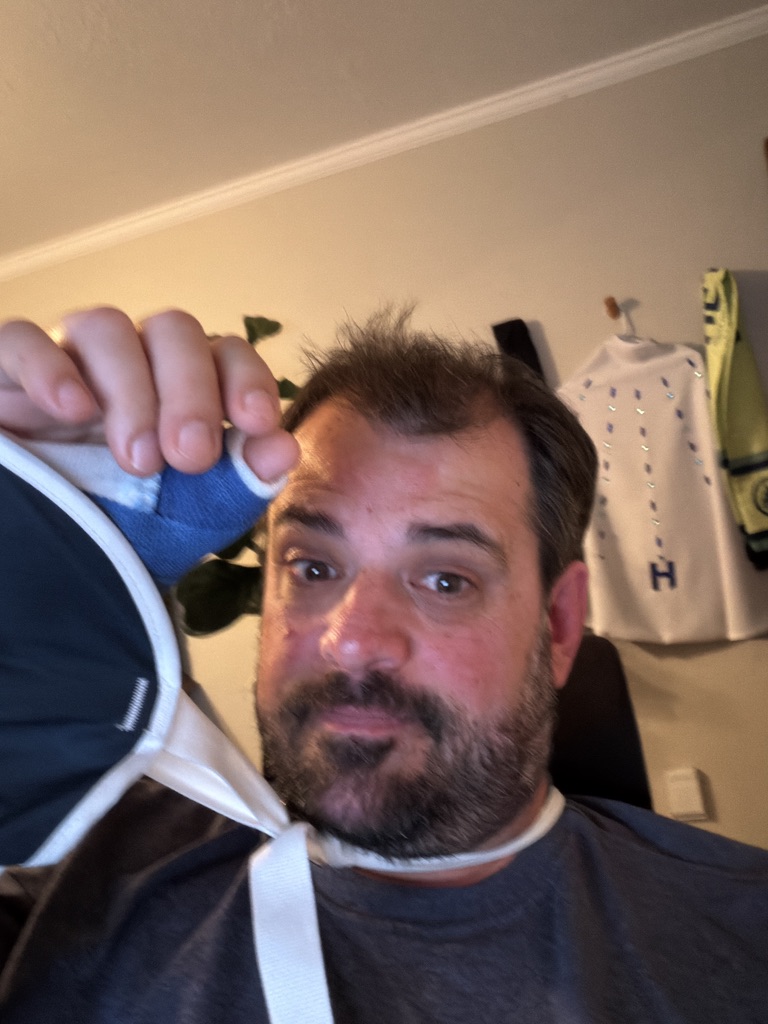
So lately, I’ve been trying to imagine: What if everyone I worked with, everyone I interacted with, had a cast I couldn’t see? What if I assumed they were carrying some kind of hurt — physical, emotional, invisible — and treated them the way people have treated me these past few weeks?
What would patience look like if we practiced it as if we could see someone’s pain?
What would kindness look like if we assumed everyone was healing from something?
Because once you start to think about it that way, you realize how much care we actually know how to give. We just usually wait until there’s visible proof that someone needs it.
Since breaking my wrist, people have gone out of their way to show compassion — offering help, checking in, adjusting schedules, making sure I don’t lift things I shouldn’t. It’s been humbling.
And I can’t help but wonder: how often do we miss the chance to do that for others, simply because their pain doesn’t announce itself?
When this cast finally comes off, and the plates and screws are in, and I start that long process of getting strength and motion back, my hope is that I don’t lose this awareness. I want to remember what it feels like to be the person others make room for — and then be the person who makes that room for someone else.
Because the truth is, everyone is walking around with something that hurts. Sometimes it’s visible. Most of the time, it isn’t. And maybe the best thing we can do for each other — in our teams, our classrooms, our communities — is to act as if we can see the cast anyway.
To ask the question, and be ready for the real answer.
To make space for the hard truths that people usually swallow.
To offer grace before it’s asked for.
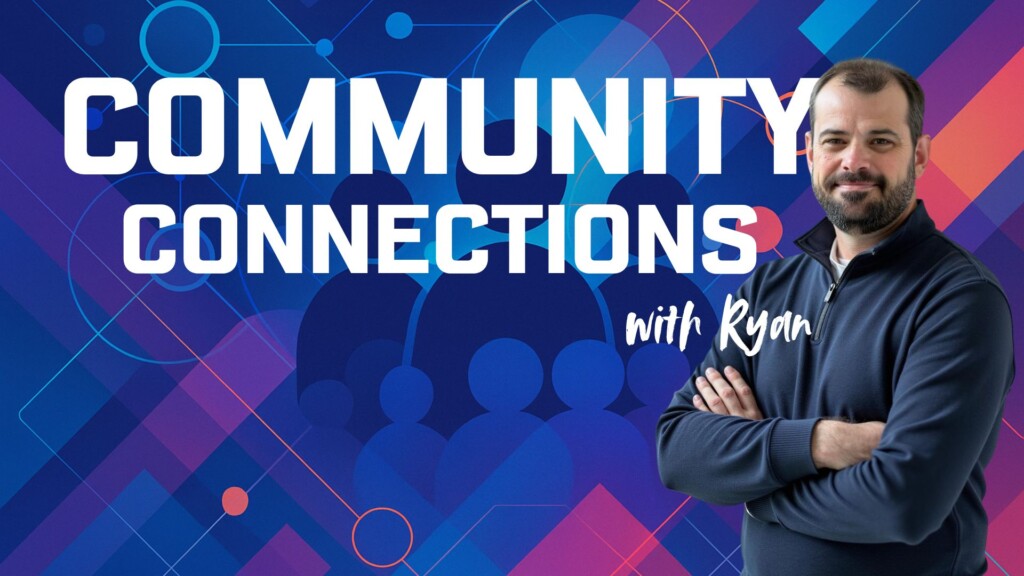

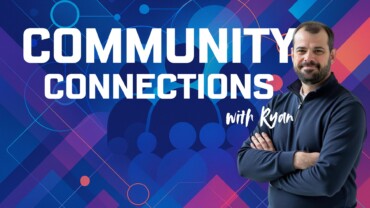

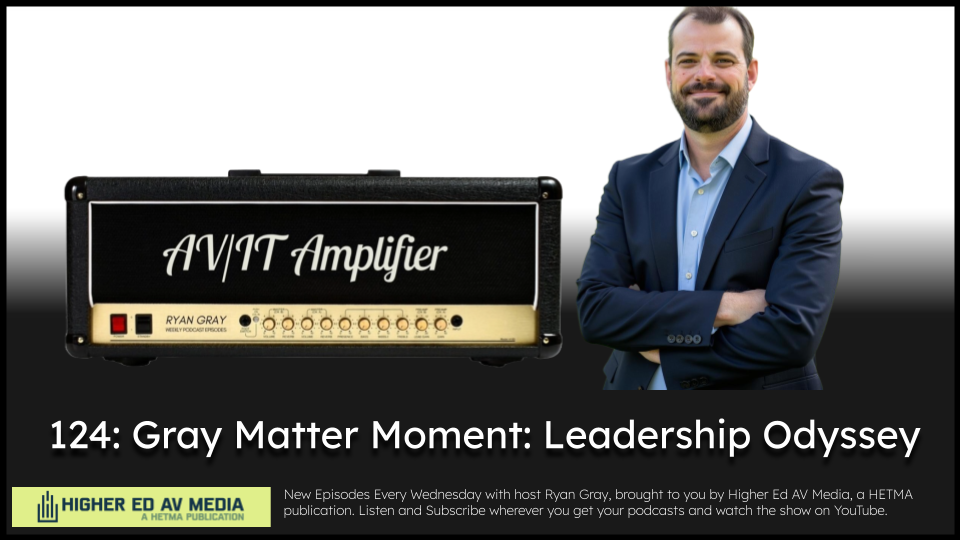
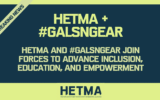
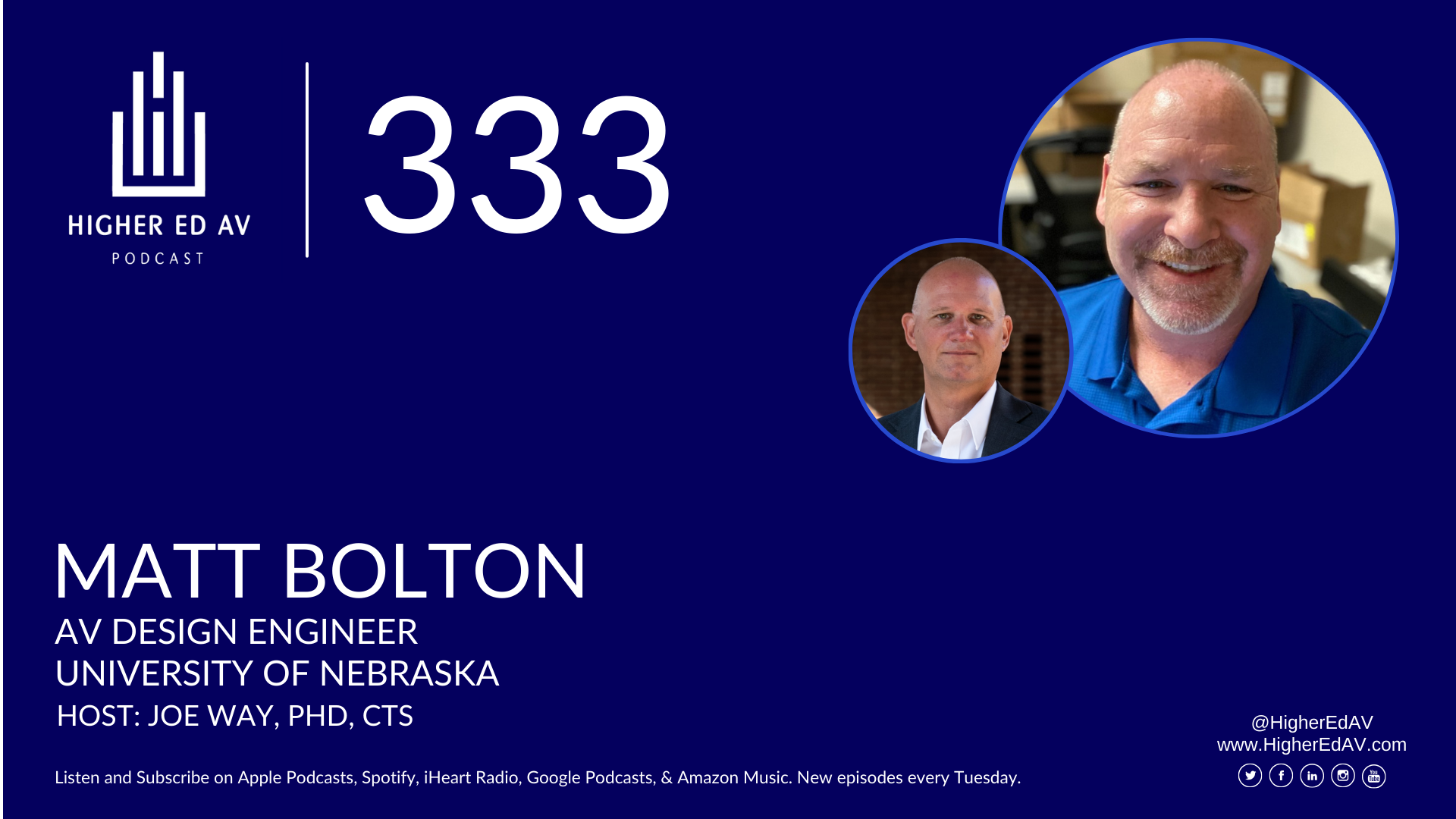
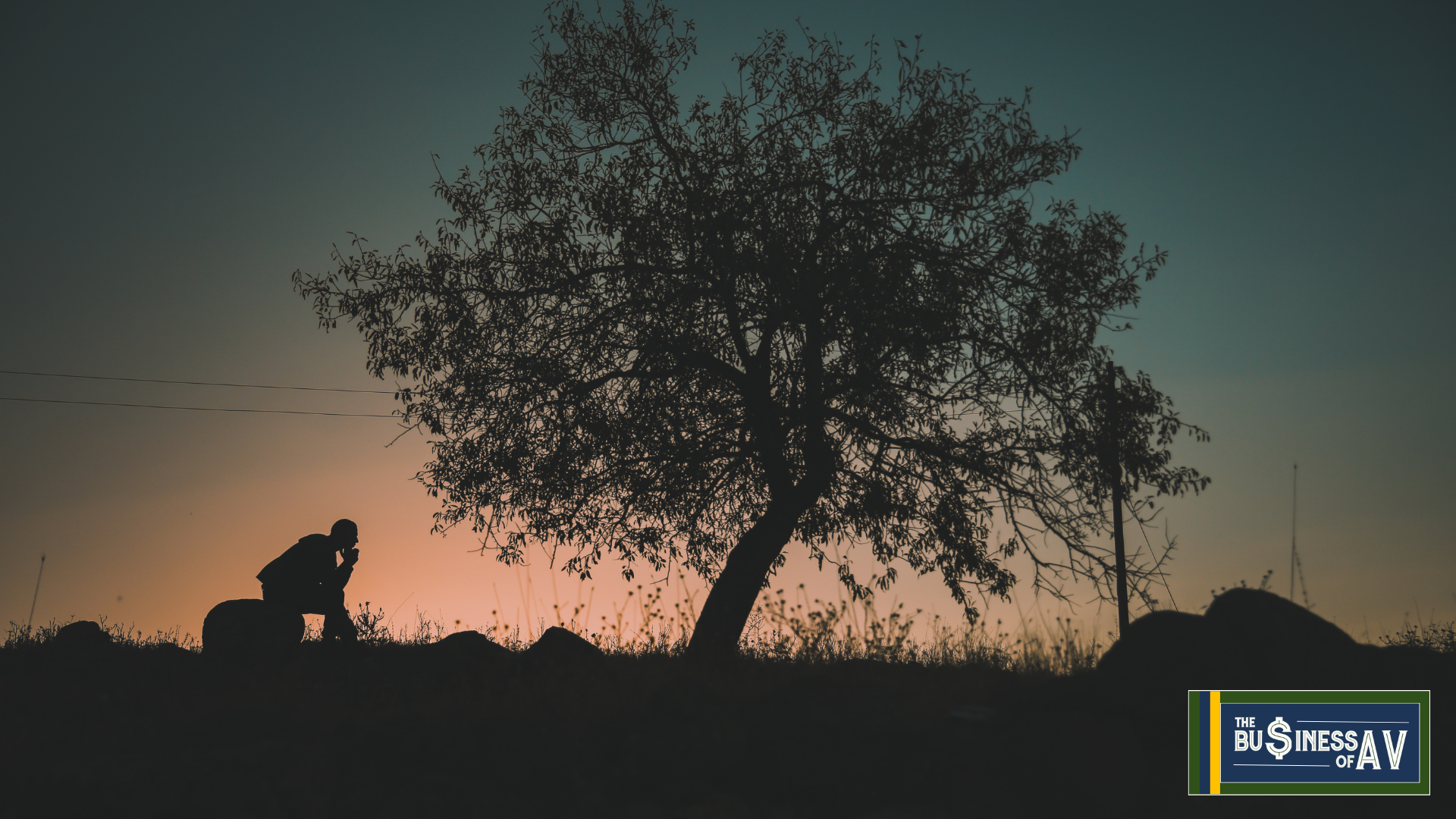
![brAVe [space] Leading with Heart Tammy Fuqua](https://higheredav.com/wp-content/uploads/2025/12/brAVe-space-Leading-with-Heart-Tammy-Fuqua.png)
